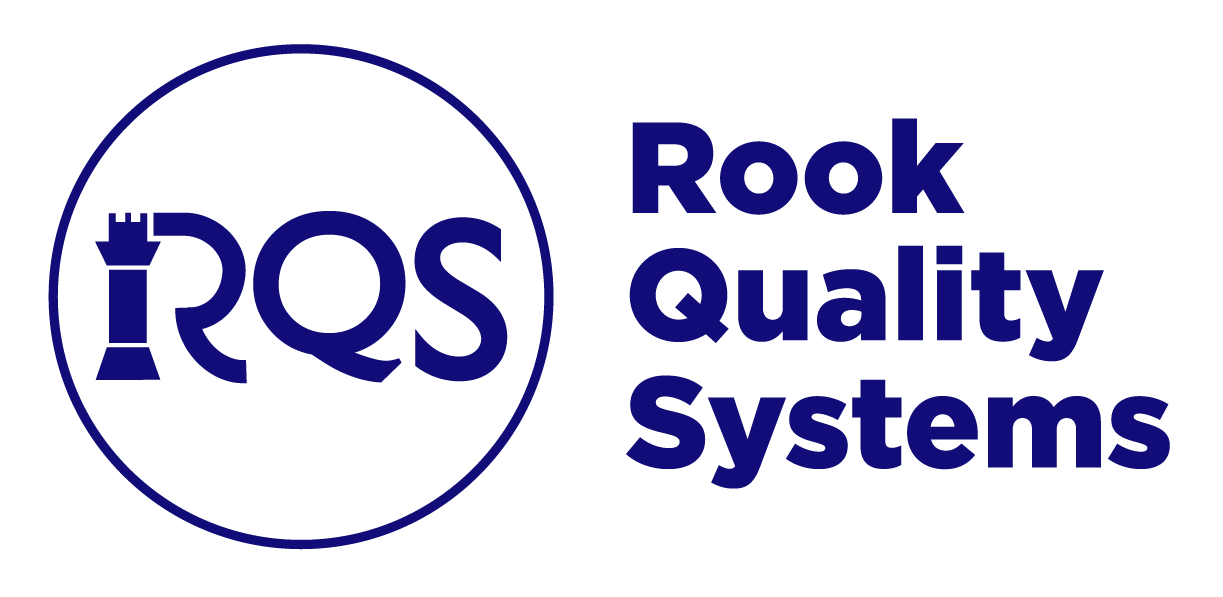MDD to MDR: How to Make the Transition
$150.00
Description
The transition from MDD to MDR includes conducting a gap analysis of the current MDD system, developing a transition plan, updating technical file, implementing changes to QMS, clinical evaluation, post market surveillance, contact notified bodies, updating unique device identifiers, and pursuing regulatory certifications.
What are the differences between MDD and MDR?
The major differences include legal nature, classification, procedures, post market surveillance, and Unique Device Identification.
MDD (Medical Device Directive)
MDD covers from medical devices to in vitro diagnostic medical devices. The classes in MDD are (Class I, IIa, IIb, and III) and IVDs into two classes (self-testing IVDs and other IVDs).
MDR (Medical Device Regulation)
MDR has a broader scope of medical devices, and the classifications are Class I to Class III for medical devices and Class A to Class D for IVDs. The MDR is more rigorous in conformity for procedures especially for Class 2 and up. The new MDR post market surveillance places emphasis on systemic collection and analysis of real world data. THe UDI is now a requirement.
What Triggered the Move to MDR?
The move to MDR was triggered by several factors and concerns related to the safety, effectiveness, and overall regulation of medical devices within the EU. The factors included outdated regulatory framework, safety and effectiveness concerns, market surveillance and transparency, strength notified bodies, introduce UDI, and inadequate classification system.
What’s included in this product:
Rook Template MDR Transition Checklist
The MDR transition checklist assesses the quality system requirements for the transition from MDD to MDR. This is for the medical device manufacturer to review their technical documentation, performance requirements, quality management, and procedures.


